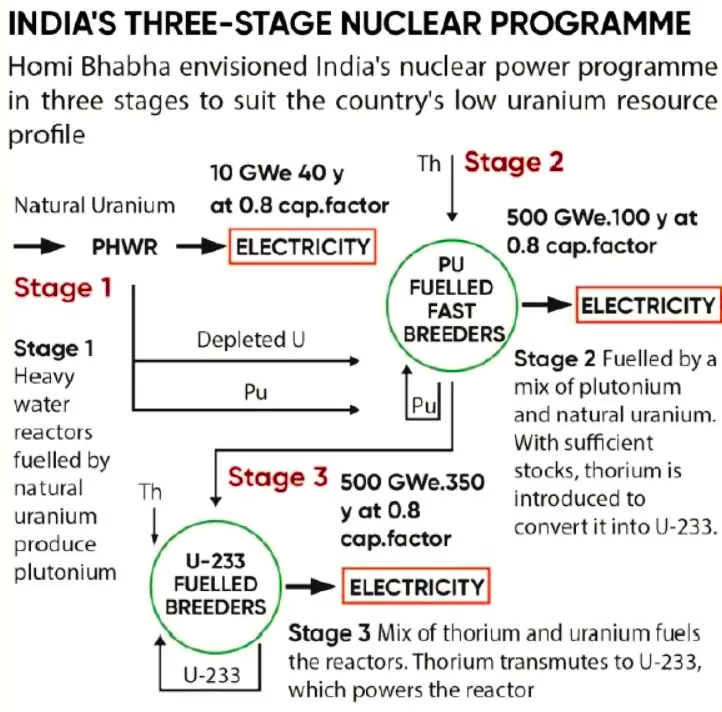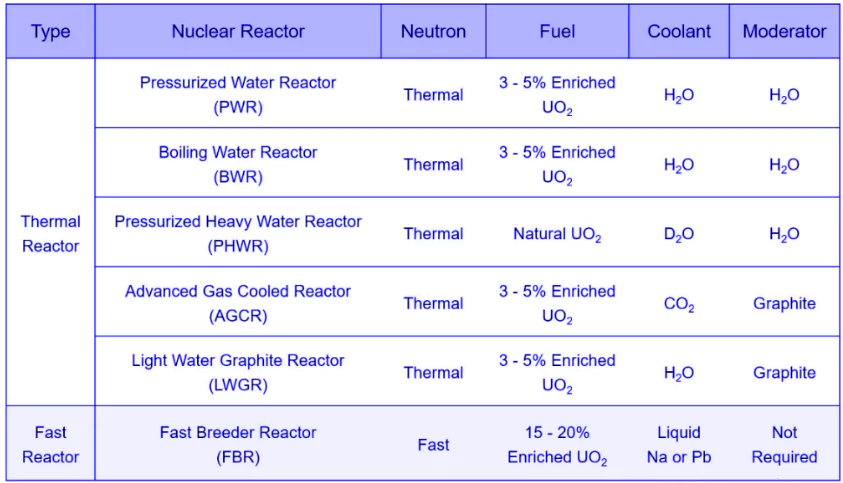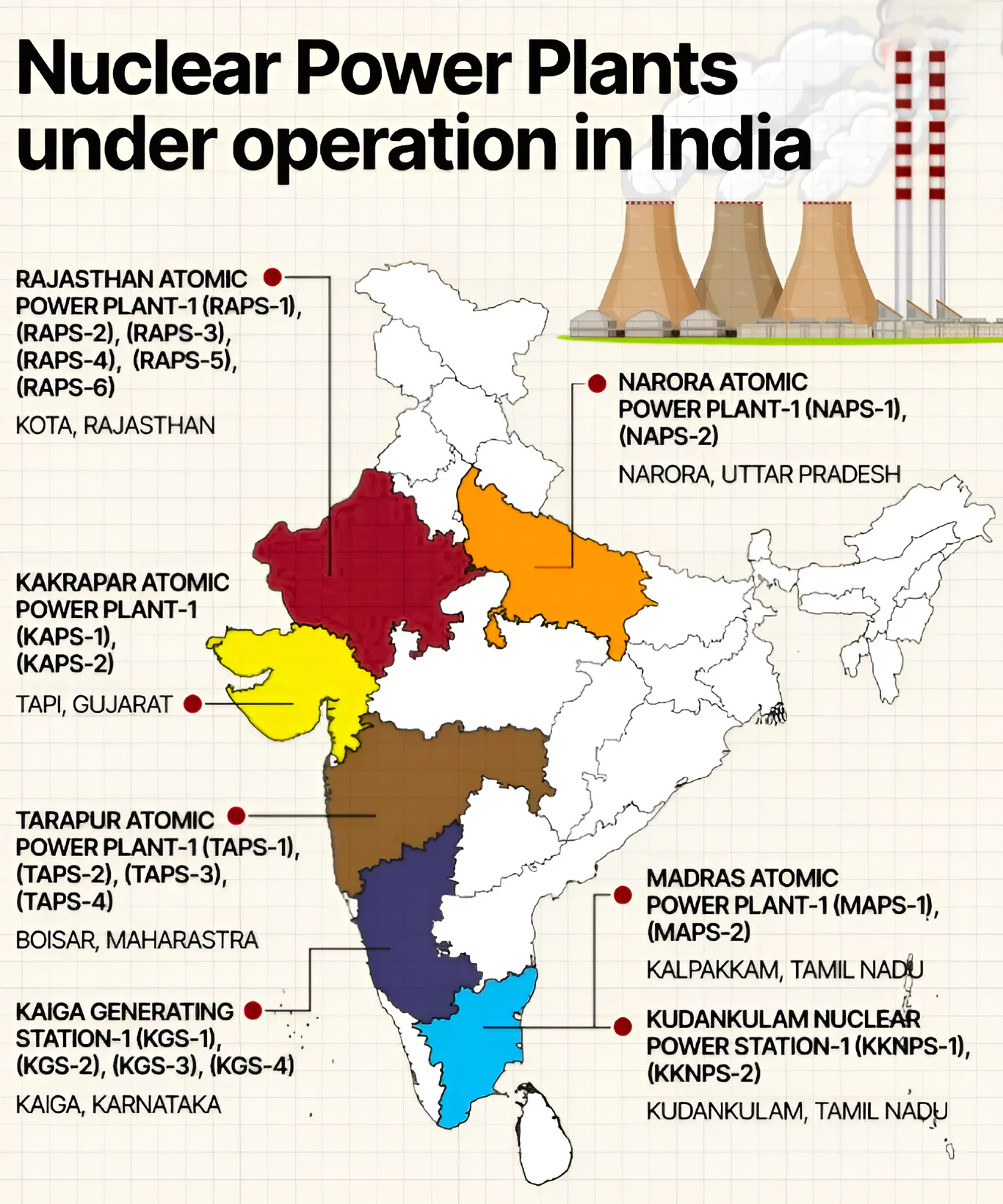![]() 23 Feb 2024
23 Feb 2024
The Prime Minister dedicated to the nation two new Pressurized Heavy Water Reactors (PHWRs) at Kakrapar Atomic Power Station (KAPS).


 The first criticality is the start of a controlled fission chain reaction. After the fission, the heat is used to make steam that turns a turbine and produces electricity.
The first criticality is the start of a controlled fission chain reaction. After the fission, the heat is used to make steam that turns a turbine and produces electricity.Source: AIR
| Must Read | |
| NCERT Notes For UPSC | UPSC Daily Current Affairs |
| UPSC Blogs | UPSC Daily Editorials |
| Daily Current Affairs Quiz | Daily Main Answer Writing |
| UPSC Mains Previous Year Papers | UPSC Test Series 2024 |
<div class="new-fform">
</div>
